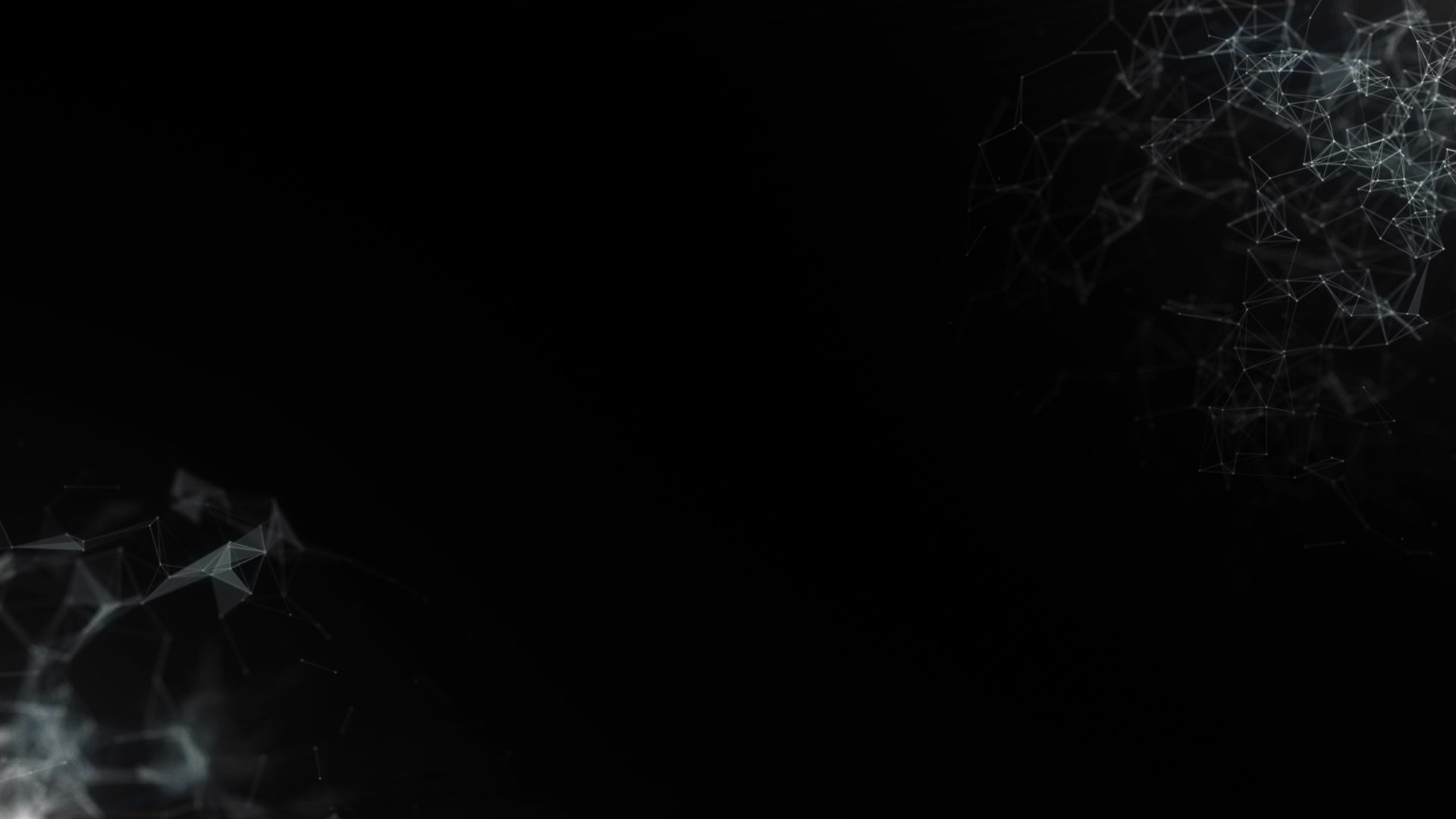
ABOUT ME
Part of being an artist is a way of seeing and a way of investigating the world around you. There must be a “real-world” connection that the students can see in the work that they plan to do in their lives and the work in my course through creative experiences. I believe that an understanding of our world, an acceptance of different cultures, an exploration and mixture of visual culture, art history, and the recognition that differences are to be welcomed, rather than to be rejected, are essential in creating a balanced art program and must, in at least one tangible way, prepare the students for their futures.
My art and design teaching philosophy is based on the traditional foundation, which includes understanding basic elements and principles of visual composition, color theory, proper use of tools, both traditional and digital, and deep knowledge of materials.
In addition to the studio foundation of working with materials and learning artistic techniques
I also aim to develop in my students lifelong learning attitude, creative thinking, problem solving skills, and an ability to work collaboratively. In my instruction, I attempt to bridge the gap between theory and practice by introducing students to key concepts and enduring ideas about the arts by engaging lessons that help students construct a foundation of artistic skills.
My aim as an arts educator is to teach students to think visually and communicate their ideas visually, foster an awareness and appreciation for the arts, to develop students’ creativity and self expression, social responsibility, as well as to build a foundation in studio practice for students to draw upon after leaving my classroom.
As a result of my education in teaching pedagogy and best practices, as well as my own reflective process, I have incorporated several main principles into my teaching to help achieve the goals described above. At the core of my teaching philosophy are three main beliefs.
1. The first belief is that all individuals are inherently creative.
I encourage my students to view the world as an artist and I strive to cultivate that original perspective within each student. As a teacher, I want to challenge my students to become independent, objective thinkers.
2. Second core belief is that all students can succeed. As a teacher, it is my responsibility to understand their creative personalities, meet the diverse needs of every student in my classroom by accommodating and modifying my approach for various learning styles, developmental levels, language barriers and disabilities. I facilitate those experiences by creating opportunities for students to interact with and manipulate materials and explore new ideas.
3. Third belief is that a complete art education allows every student to understand the role and responsibilities of the artist in the society. Knowledge in art and culture is important to promote the value of art and to increase positive attitudes towards self, community, others, and the environment. This includes the question of what determines the value of a work of art, social issues raised by work made in the class and the experience of handling real-life experiences students may have with art.
My final goal is that students are prepared to create art, understand art, discuss art and write about art, as well as teach and advocate art.
I am convinced that a multidisciplinary and integrative education provides the foundation for students to become responsible art community members, ready to contribute to the complex and diverse art of the 21st century.
Adrian Avram